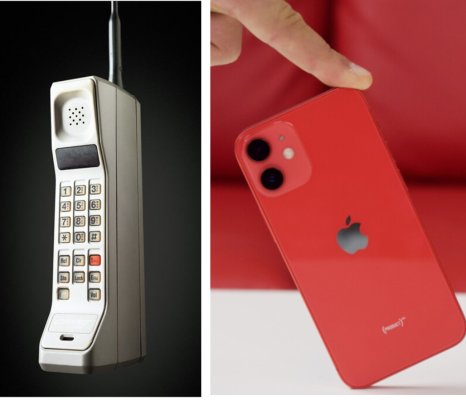catalinajack
Guru
Am I certain? Tell me how you become certain. As I understand battery science, it is all about replacing amps removed. In other words, when as many amps have been replaced as have been removed plus a few, then the batteries have become fully charged. Kindly re-education me if I am incorrect. In my case two days ago, it took 4.5 hours to fill my batteries back up with the same number of amps removed. Fact, after 4.5 hours my Magnum inverter-charger monitor indicated that the charger had moved on to the float stage, a pretty good indication that the batteries had been fully charged.
As for this 80%-50% "debate", think about this keeping in mind, in my case, that I have cycled my batteries to 50% and below 150 times in four years. A Trojan LA battery will last 1,000 cycles at 60%, 800 cycles at 70%, and about 700 cycles at 80% discharged. Now, someone please tell why I should be concerned about discharging my batteries below 50% fairly often which I don't anyway because my overnight power requirements are not such. Generally, we don't spend any more than three days without a full re-charge of the batteries so using them in the 50%- 90% range is also a non-factor. The bottom line for me, our use profile, is that I have no concern about flogging my batteries from time to time. Not doing so will not increase useful life to any degree I would care about. Really, is getting nine or ten years out of a set of batteries rather than eight years or even seven years a big deal? Not to this guy. Nor does running my generator for an extra hour or two bother me.
And, Simi 60, you are concerned about a premature failure? It's not like your batteries work one day and the next day they don't. No way would you ever be stranded by failed batteries.
As for this 80%-50% "debate", think about this keeping in mind, in my case, that I have cycled my batteries to 50% and below 150 times in four years. A Trojan LA battery will last 1,000 cycles at 60%, 800 cycles at 70%, and about 700 cycles at 80% discharged. Now, someone please tell why I should be concerned about discharging my batteries below 50% fairly often which I don't anyway because my overnight power requirements are not such. Generally, we don't spend any more than three days without a full re-charge of the batteries so using them in the 50%- 90% range is also a non-factor. The bottom line for me, our use profile, is that I have no concern about flogging my batteries from time to time. Not doing so will not increase useful life to any degree I would care about. Really, is getting nine or ten years out of a set of batteries rather than eight years or even seven years a big deal? Not to this guy. Nor does running my generator for an extra hour or two bother me.
And, Simi 60, you are concerned about a premature failure? It's not like your batteries work one day and the next day they don't. No way would you ever be stranded by failed batteries.
Not a fixation as such but it is how it ended up
We have 8 x 250ah
6 X 250ah would have been borderline imho
There are no shops on the water so I don't want to rape them and have premature failure
Batteries are cheap, easier to get them in one go when its easy to get them.
If you lived aboard full time with no shore power like we do that would be more like 1450 cycles
How do you think they'd be holding up now?
.
Fully recharged?
Dont be to sure about that
It would be if all you relied on was genset or engine for charging, unless you run them right through the float cycle as well putting in minimal amps.
Quite possibly, they are an indicator imho, not truth
My victron says 100% SOC by midday yet solar appears to smash in amps for several more hours. On these days I wake up at 6am and voltage reads 24.3v and above 83% SOC
On days where there is little or no sun in the afternoon, so missing out on the "extra" even though the batteries SOC says 100% at 4pm the alarm is beeping at 6am and voltage reads around 23.1v but still above 80% SOC

